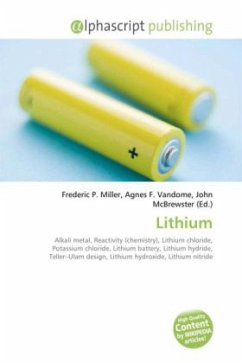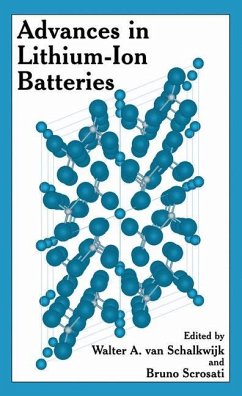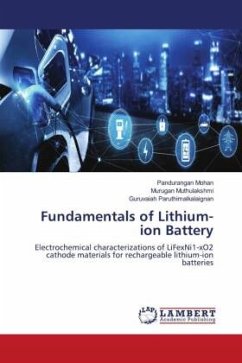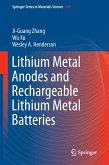A hydrogen-like atom is an atom with one electron and thus is isoelectronic with hydrogen. Except for the hydrogen atom itself (which is neutral) these atoms carry the positive charge e(Z-1), where Z is the atomic number of the atom. Examples of hydrogen-like ions are He+, Li2+, Be3+ and B4+. Because hydrogen-like atoms are two-particle systems with an interaction depending only on the distance between the two particles, their (non-relativistic) Schrödinger equation can be solved in analytic form. The solutions are one-electron functions and are referred to as hydrogen-like atomic orbitals. Hydrogen-like atomic orbitals are eigenfunctions of the one-electron angular momentum operator l and its z component lz. The energy eigenvalues do not depend on the corresponding quantum numbers, but solely on the principal quantum number n. Hence, a hydrogen-like atomic orbital is uniquely identified by the values of: principal quantum number n, angular momentum quantum number l, and magneticquantum number m. To this must be added the two-valued spin quantum number ms = ± in application of the Aufbau principle.
Bitte wählen Sie Ihr Anliegen aus.
Rechnungen
Retourenschein anfordern
Bestellstatus
Storno








